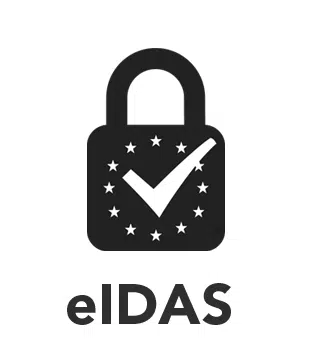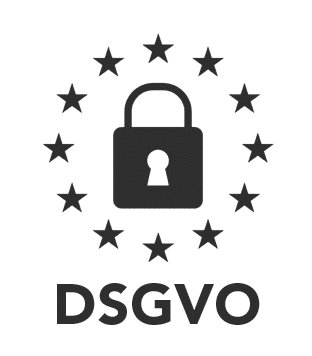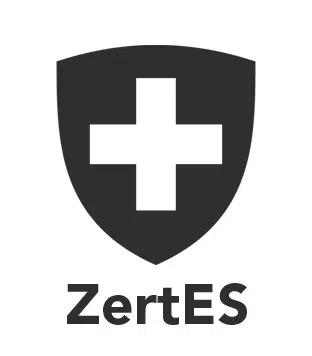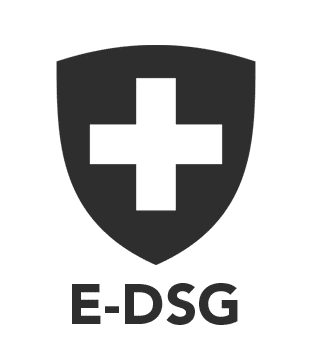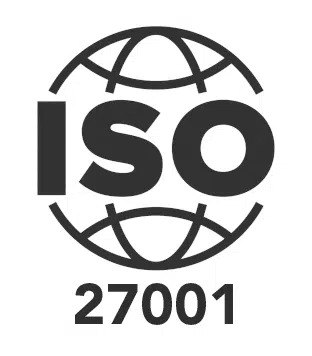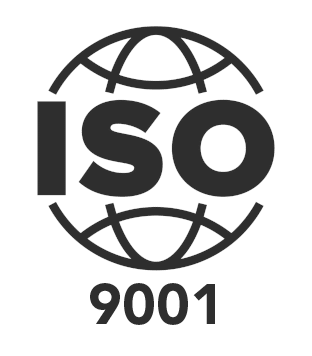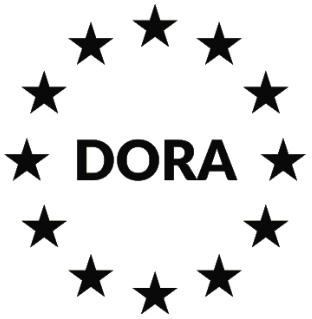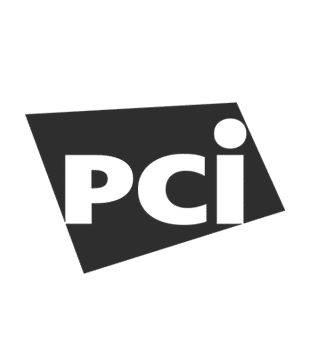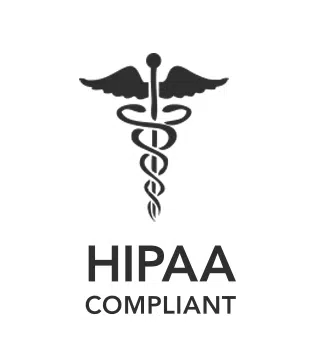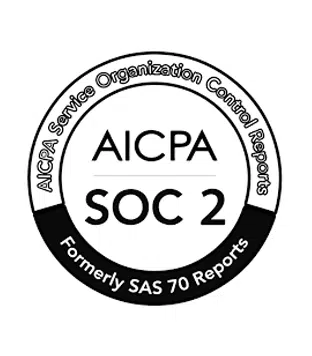
The digital signature.
eSignature, digital signature, electronic signature:
what’s behind it.
eSignature, digital signature, electronic signature: what’s behind it.
The digital signature: concept, function, application
Digital signatures and electronic signatures are often used synonymously. Actually, this is not correct. While the electronic signature is a legal term, the digital signature is linked to the process that generates it and should therefore be understood as a technical term. The eIDAS Regulation defines electronic signatures as “data in electronic form which is attached to or logically associated with other data in electronic form and which is used by the signatory to sign (definition according to Art. 3 Z 10 eIDAS Regulation).”
Encryption: the basis of the digital signature
The idea of a double cipher key is central to the innovation of cryptographic techniques since the mid-1970s. The clue of the procedure is the exchange of a private and a public key within a standard Public Key Infrastructure (PKI): Here, each user generates his own key pair, namely a secret (private key) and a non-secret (public key).
In this cryptographic scenario, the communicating parties do not need a shared secret key, as is characteristic of symmetric encryption methods. The public key allows anyone to encrypt data for, verify the digital signatures of, or authenticate the owner of the private key. The private key, in turn, allows its owner to decrypt data encrypted with the public key. He can use it to generate digital signatures and authenticate himself.
The advantages of the asymmetric encryption method lie in their relatively high data security. Fewer keys are required than in a symmetric procedure, which means significantly less effort is required to keep the keys secret. The asymmetric encryption method also fulfills the central requirement for digital signatures: Documents can be uniquely assigned to a person and the content of the document cannot be changed without being noticed. Any deviation, any subsequent change, invalidates the applied digital signature and fundamentally devalues the document.
How the digital signature works
A simple practical example illustrates this concept: A company signs a delivery order digitally with its private key. The supplier receives a copy of the public key along with the document. If the supplier is then unable to decrypt the document, this is proof that it is not the customer’s signature and that the document has been altered. The digital signature becomes invalid and the transaction is delayed.

Creating a digital signature: certificates
The eIDAS Regulation therefore formulates a precise catalog of requirements for Trust Service Providers in Chapter III. They ensure digital identity and are responsible for digital certificates and signatures. Only Trust Service Providers that meet the requirements listed from Article 13 onwards are considered qualified. Qualified, and thus state-recognized Trust Centers are, for example, A-Trust, D-Trust or Swisscom Trust Services.
Different types of eSignatures
Digital signatures are differentiated into different security levels by the requirements precisely formulated in the eIDAS Regulation for the respective certificates and the certification authority issuing them.
Standard electronic signature
The simplest form of a digital signature is described by lawmakers as “data in electronic form which is attached to or logically associated with other data in electronic form and which is used by the signatory to sign.” In concrete terms, this means that, for example, even a document signed by hand, scanned and thus digitized, has a simple electronic signature. This is because it is the electronic equivalent of a handwritten signature, with which the signatory expresses his or her agreement with the contents of the document in question. This form of electronic signature has a low level of security.
Advanced electronic signature
The requirements for the advanced electronic signature, as described in Article 26 of the eIDAS Regulation, go beyond this. This substantial form of electronic signature is uniquely associated with a signatory, because it ensures that the signatory can be identified. At the same time, it must be ensured that the content of a signed document cannot be subsequently changed without this becoming immediately apparent, which would render the document invalid. In summary, the advanced electronic signature both ensures the integrity of the document and proves the authenticity of the signatory beyond doubt.
Qualified electronic signature
1. the existence of a digital identity, such as can be obtained in various identification procedures by private-sector and government providers.
2. a qualified certificate from a state-approved Trust Service Provider, a so-called Trust Center, gives the signed document its unique legal status.
Use of digital signatures
A widespread application of the digital signature is simple approvals in business processes. A standard electronic signature is often sufficient for this purpose. On the other hand, employment contracts, orders, and generally everything that has a high legal value in case of doubt is signed digitally using a qualified certificate. Signatures generated in this way stand up to legal scrutiny worldwide, as they are equivalent to handwritten signatures in all respects.
The range of applications for digital signatures also includes private, public and business spaces. These can be divided into private, business and official.
Private and business use of digital signatures
2. customer to customer (C2C) – legal communication between citizens
3. business to customer (B2C) – legal communication between companies and citizens
Digital signatures in the field of eGovernment
1. administration to business (A2B) – communication between administration and business
2. administration to citizen (A2C) – communication between administration and citizens
3. administration to administration (A2A) – communication between public authorities
